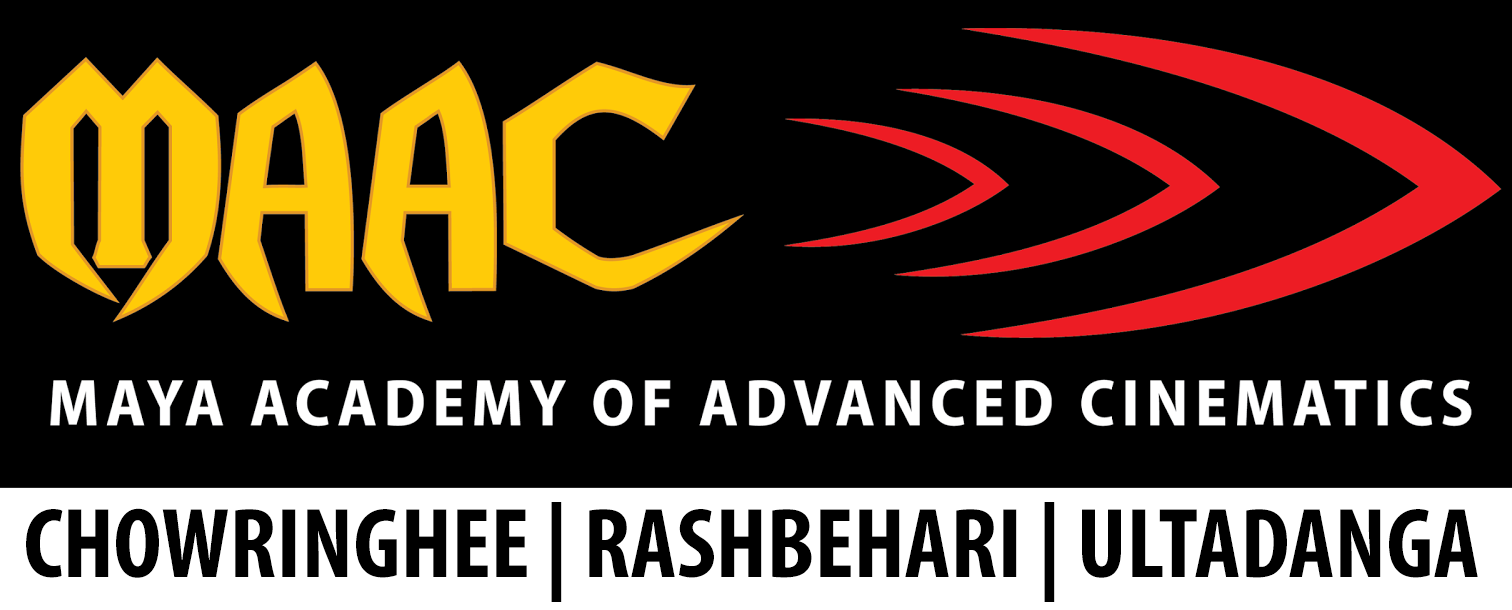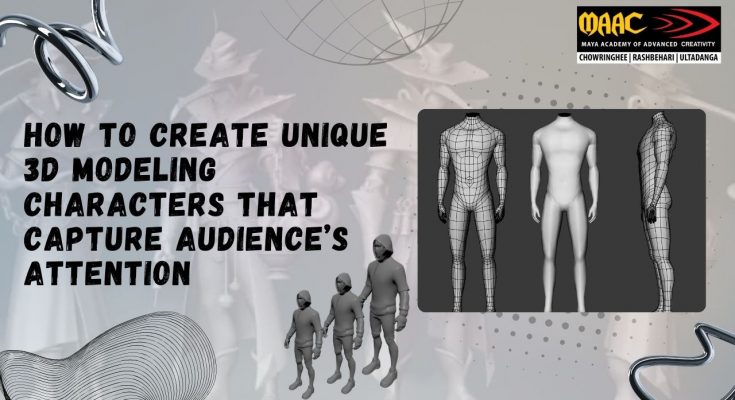Animation is an interesting medium that tells us tales and communicates emotions in an impactful and unique manner. In the world of animation and digital media, creating compelling 3D modeling characters is an art form that requires a blend of creativity, technical skill, and attention to detail. The characters play a significant role in any good animation. The characters in any animation are significant because it is the characters that bring life to the content and they act as the backbone of the narrative. Whether it is a movie, a cartoon or a video game characters in animation, it always plays a fundamental role in engaging the public and making the narrative memorable.

What is 3d character modeling?
3D character modeling deals with shaping of prototypes that act as several technological advancements in the 20th century have resulted in 3D character modeling as a special approach. It is the application of 3D representations that our daily lifestyle has been shaped in all possible means; starting from the screens of the television to our social and cultural routine in everyday life.
Computer graphics can create 3-dimensional models and digital representations of any object. Specialized software enables a professional expert to render and produce cherished images into amazing 3D visual representations.
The required 3D characters that are created need field-specific knowledge and plenty of experience to channel the dexterity while constructing the models.
Few instances of 3D Character Modeling are as follows: 3D modeling is the major dominant part and integral part of most of the modelers and creative artists. Whether it’s a Hollywood animation film, or a blockbuster visual experience or a global level gaming application, it is a composition of 3D character modeling and sketching.
3D modeling and animation is used in “Game of Thrones” (The Netflix series). Let us throw some light on the key differences and similarities between 3D modeling for films and for games.
The process of developing a digital representation of characters, objects, environments and other elements in 3-dimensional space is known as 3D modeling. 3D modeling is extensively used in different fields, such as video games, films, animation, architecture, and engineering but not every model of 3D is designed equal.
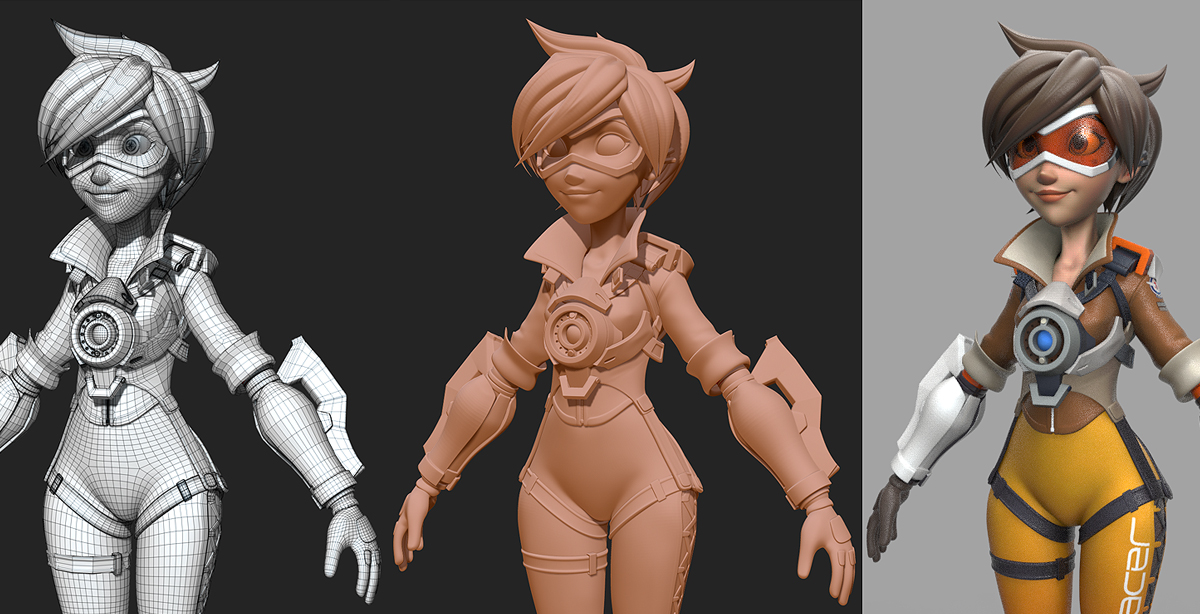
The differences and similarities between 3D modeling for games and for films. These are enlisted below:
-
Lighting & shading:
The difference between 3D modeling for films and 3D modeling for games is the manner in which the models are illuminated and shaded. Lighting involves the process of producing and placing the light sources correctly in the respective scenes, whereas, shading is the process that defines how the surfaces of the respective models would respond to the light. The game models are required to use better dynamic lighting, which is, lighting that switches according to the hour of the day- the weather/ the player’s actions; and more advanced shades i.e. the programs, calculating the surface color and surface appearance, than any film models.
On the contrary, film models tend to use additional static lighting-it is the lighting which is fixed and does not switch frequently; and more simplest shades. This is due to the fact that they have better artistic liberty and flexibility over the process of lighting and the shading.
-
Animation & rigging:
Game models undergo animation and rigging in such a fashion that would allow variability and interactivity. This implies that the game models would use a lesser number of bones (i.e. the skeleton joints) and blend shapes (i.e. the geometrical deformations) than any film model.
On the other hand, film models are able to use extra bones and less blended shapes. This is because they possess better control over the angles of the camera and the animation.
-
Polygons & textures:
The game models use fewer polygons (the basic 3D geometry units) and reduced textures (the images covering the model’s surfaces).Whereas, film models are able to afford to make use of more textures and polygons. This is because they have to undergo rendering earlier and don’t have to fear about the frame rates or compatibility challenges.
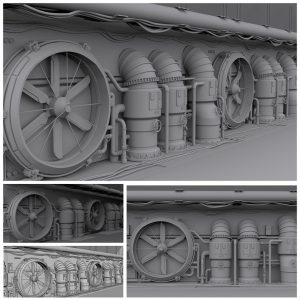
Some similarities that overlaps with each other are:
Style & creativity:
Both the domains of 3D modeling for games and 3D modeling for films require enough creativity, skill and an artistic-eye towards creating interesting and engaging models. These 2 fields also allow for individual styles and 3D modeling techniques, such as realistic, cartoon, high-poly/low-poly, sculpting, organic, and much more. Both fields share some of the common principles and best training, such as topology, UV/normal mapping, etc.
Creating memorable characters is an essentially integral part of the entire process of animation.
Memorable characters are able to capture the attention of the audience, raise emotions in them and also
make the story momentous. In order to understand the process of designing a character and how unique and memorable characters are created that would capture the attention of the crowd; you would have to go through some of the steps that are enlisted below.

These steps would help you understand the entire process in a better way.
Step 1. To understand the narrative and its space: the primary step is to first understand the narrative and the universe in which it occurs. The character needs to be designed in a way that it fits best into the story and reflect on the space in which they occur. It is important to comprehend the universe and the narrative, as it will help in determining the personality traits of the character’s, their behaviors and motivations.
Step 2. The personality of the character requires to be defined in the early phase of the design process. This ensures about how consistent their behavior and appearance are throughout the process of animation. You have to be mindful while designing a character’s personality and consider their strengths/weaknesses, likes/dislikes and motivations. These traits in turn will help to make the character more engaging and relatable towards the audience.
Step 3. Sketching is one of the most essential parts of the designing process. It allows one to explore the diverse design options and enhance the appearance of the character. The character’s design should be crafted in a manner that it reflects their personality traits and the universe where they exist. E.g. if the character is a monk, their design should reflect their divinity, calm, power of spirituality.
Step 4: After sketching the design of the character, now it’s time for refining the same.
The process of refining the design of the character involves paying close attention to every detail
of it, such as, the character’s clothing, facial expressions and accessories.
The design that is created for the specific character should have consistency with the story and the universe it exists in and also the personality that is defined for them by the artist.
Step 5: The color scheme that has been decided should be reflecting the character’s personality, the story and the universe they survive in. You have to keep in mind while choosing a color palette about considering the emotions that individual color would evoke and how they would perfectly fit with the character’s temperament.
Step 6: The ultimate step is animating the character. This involves putting life into the character through body language, movement and facial expressions. The movements and behavioral expressions of the character should be consistent with their personality, and their emotions should get reflected by their body language.
It is very crucial to understand the science behind the audience engagement. These animations are not mere aesthetic delight but they also employ audience psychology by creating an unforgettable and engaging visual experience.
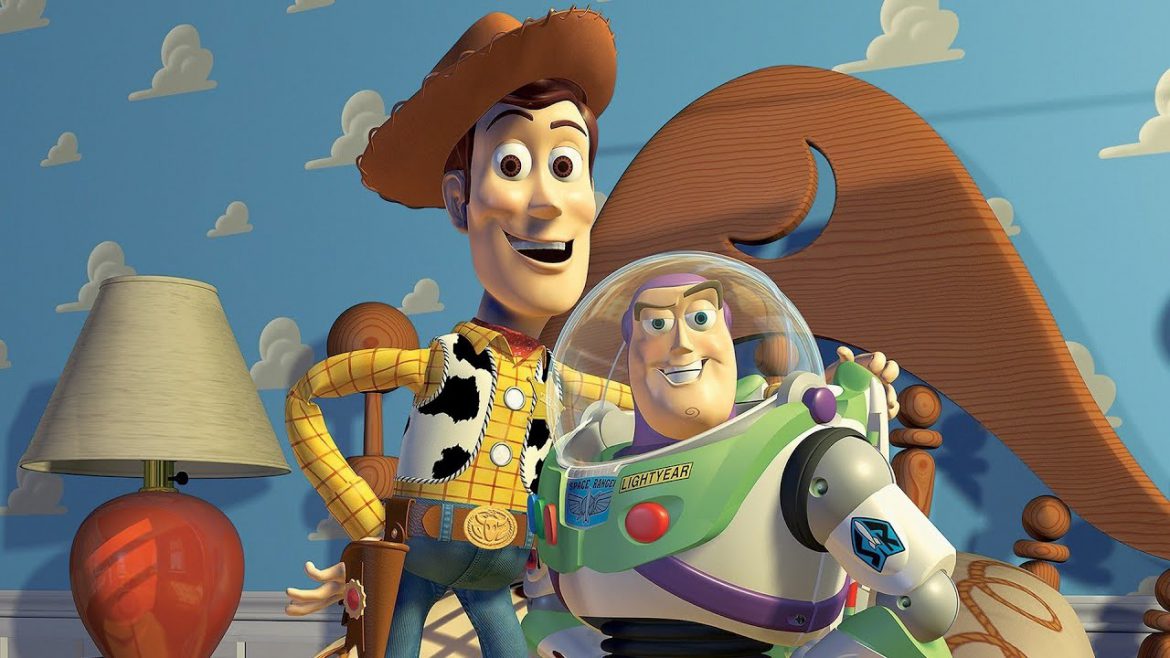
The Key Elements of a potent 3D animated interpreter video are as under:
Script is not merely about the story or narrative. A well-designed script is the foundation of any powerful interpreter video. Script is always about presenting the principal message in a clear, compact and engaging manner.
Visual appeal: Another critical element is the visual appeal. This is because quality of character design, animation, and the entire visual aesthetic concerns play a crucial role in alluring the viewers.
Voice-over and Sound Design: Voice-over by a professional incorporates depth to the story, while the background music and sound effects enhance the complete viewing experience. Skilled voice artists and sound designers collaborate with different studios and produce more realistic animations.
Humor and relatability are the elements, if incorporated well can actually boost up the efficacy of the explainer videos.
Engaging narratives are the centre of attraction! Studios ensure that every video narrates a story that not only keeps the viewers engaged but also maps out with customer’s objectives. Whether it is showcasing particular features of a product or simplifying complex concepts, animations are thus crafted by professionals to make a phenomenal impact!
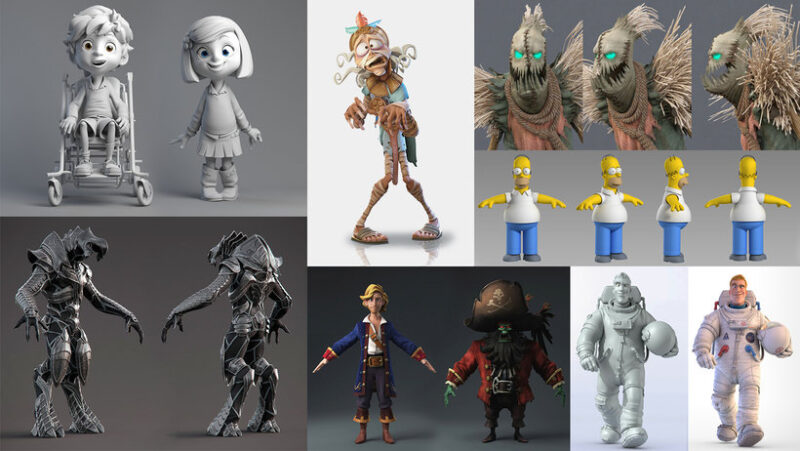
If you aspire to become a top 3D Animation Artist, contact your nearest center of MAAC Animation Kolkata (MAAC Chowringhee, MAAC Rashbehari, MAAC Ultadanga), the most demanding Animation institute in Kolkata!
***
